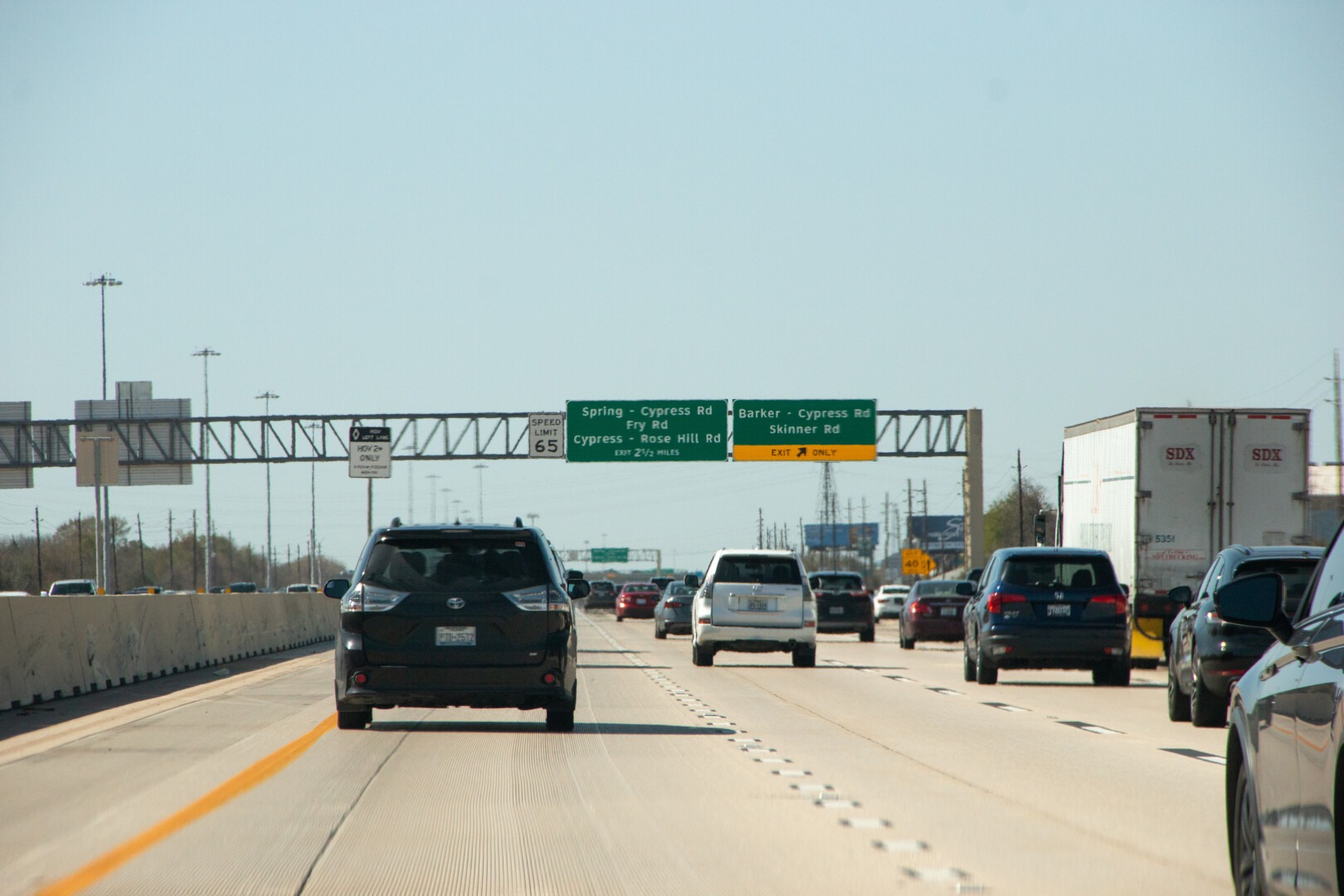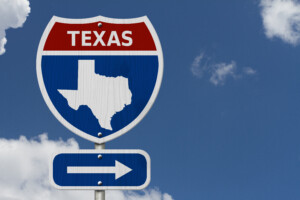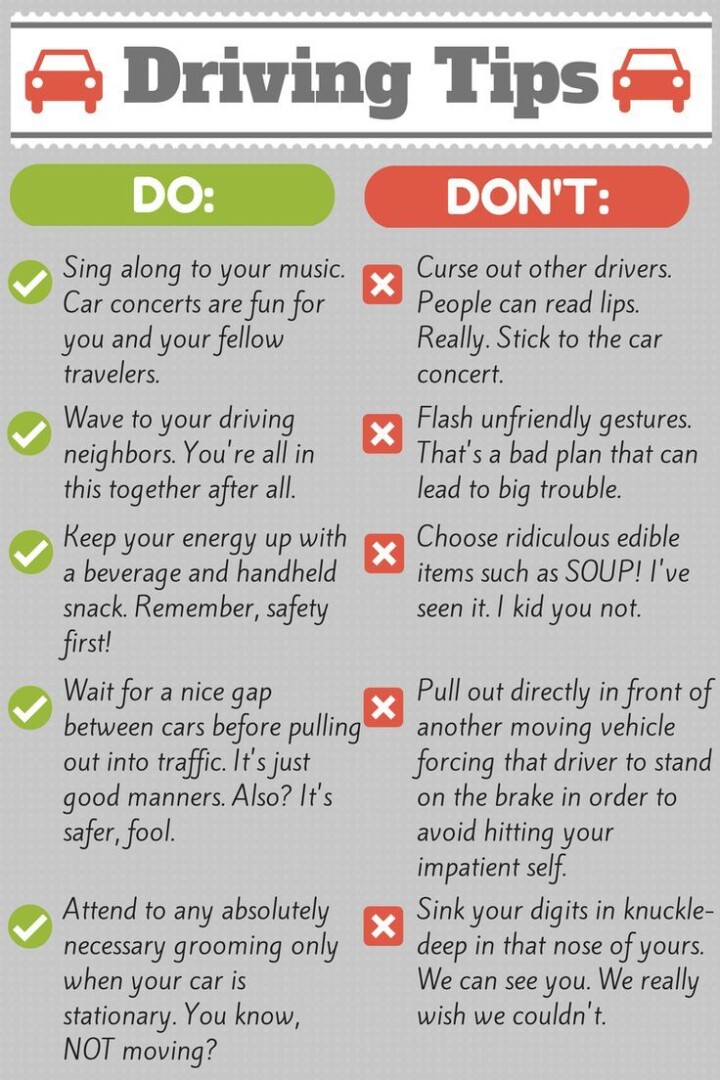

Driving in Texas can be a unique experience, especially if you’re new to the state. With its vast highways, busy cities, and diverse weather conditions, it’s important to be prepared and know how to navigate the roads safely. In this blog, we’ll share essential driving tips for Texas that will help you stay safe, comply with local laws, and enjoy your time on the road.
In Texas, speed limits can vary widely, especially between urban and rural areas. Understanding the posted speed limits and adjusting to road conditions is critical for your safety.
Tip: If you’re not sure about the speed limit in a given area, err on the side of caution and drive more slowly until you see clear signage.
In Texas, turn signal use is not just a courtesy; it’s required by law. Signaling your intention to change lanes or make a turn helps prevent accidents and allows other drivers to react accordingly.
Tip: Practice using your turn signals early to make sure you’re in the habit of signaling, even in less congested areas.
Texas is a large state with heavy traffic in many areas, especially around major cities like Dallas, Houston, and Austin. Aggressive driving is a common issue in these urban areas, and you may encounter drivers who speed, tailgate, or change lanes without signaling.
Tip: Use the two-second rule to keep a safe distance from other vehicles, especially in heavy traffic. This gives you enough time to react if the driver in front of you suddenly stops.

Texas has specific traffic laws that every driver should be aware of. Familiarizing yourself with these laws can help you avoid fines and ensure your safety on the road.
Tip: Always pay attention to school zone signs and emergency vehicle alerts to avoid fines and penalties.
Texas is known for its varied weather conditions, which can change rapidly. Whether it’s intense summer heat, thunderstorms, or icy winter roads, it’s important to know how to adjust your driving to the weather.
Tip: During heavy rain or storms, slow down and avoid using cruise control, as it can cause loss of traction.
Driving in Texas varies greatly depending on whether you’re in a large city or a more rural area. Urban areas tend to have heavy traffic, narrow streets, and more pedestrian activity, while rural areas may have less congestion but also fewer road signs and landmarks.
Tip: In rural areas, always have a roadside emergency kit with you, including a flashlight, water, and basic tools.
Texas has a growing number of pedestrian walkways and bike lanes, and it’s crucial to yield to both pedestrians and bicyclists when required.
Tip: Stay alert in areas with high pedestrian traffic, such as near schools, parks, and shopping centers.

Driving in Texas presents unique challenges due to its vast size, varying weather conditions, and urban traffic. By following these essential driving tips, you can stay safe on the road, avoid accidents, and ensure a smoother driving experience. Always be prepared for Texas’s unpredictable weather, respect the traffic laws, and remain aware of your surroundings. Whether you’re driving in a busy city or a quiet rural area, being informed and cautious will help you navigate the Lone Star State safely.
